Why is Ventilation Important in the Home?
Last updated 18th June, 2025
While insulation is frequently at the top of the agenda in home improvement conversations, ventilation is often neglected. However, although keeping your home warm and energy efficient is important, neglecting proper ventilation can have serious and expensive consequences.
Below, property expert Gregory Smith at PriceYourJob.co.uk explains why ventilation is important in the home…
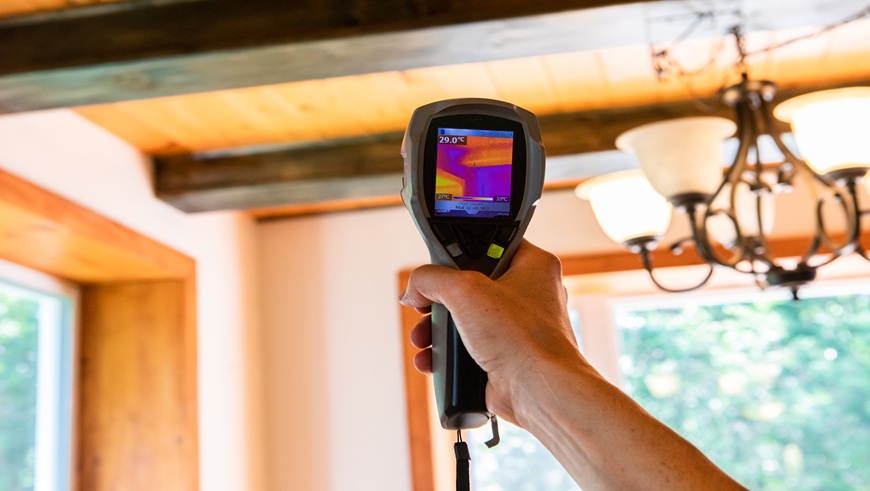
What Does Ventilation in the Home Mean?
Home ventilation is the exchange of air between what is inside the property and the fresh air outside. Inside, the air is typically warm, moist and often stale. We generate a lot of moisture as part of our daily routine through bathing, cooking, drying clothes, and even breathing. This, combined with cooking fumes, cleaning products and other indoor pollutants, creates the stale air in our homes.
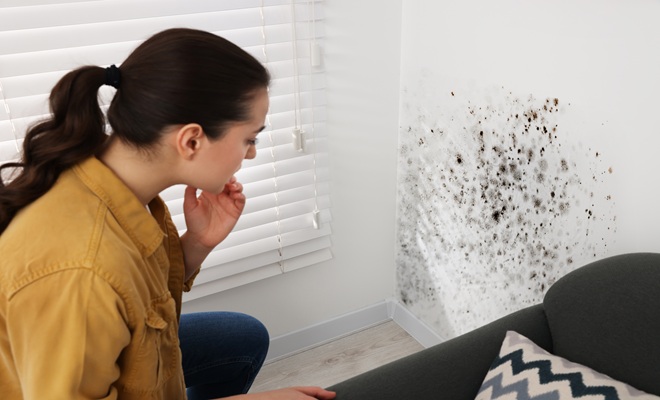
As a result of the warm, moist air, the humidity levels inside the property will rise. When this moisture meets a cold surface, it will form condensation and small water droplets, which, if not removed, can cause mould and mildew to grow on the surface.
It’s important to ensure there is a regular exchange of air to prevent this buildup of condensation and its associated problems.
The Importance of Home Ventilation
Without proper home ventilation, there is nowhere for the stale, warm air to go, and it will remain trapped in your home. Even though we are focused on energy conservation and reducing our heating bills, opening windows to provide fresh air is fundamentally important not only to your health but to the condition of your property.
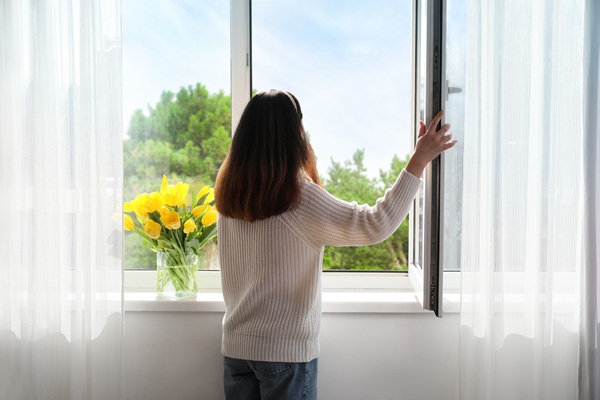
Effects of Poor Ventilation
Poor ventilation in a home has many negative effects. Below are just some of the problems you can encounter if there is inadequate airflow inside your house.
Condensation
Condensation happens when warm, moist air meets a cold surface. In winter, this could be your walls, windows and doors, particularly if your home is not properly insulated.
Because of the high moisture levels in kitchens and bathrooms, condensation is a particular problem in these rooms. Having an extractor fan in both is important for reducing the amount of warm, moist air.
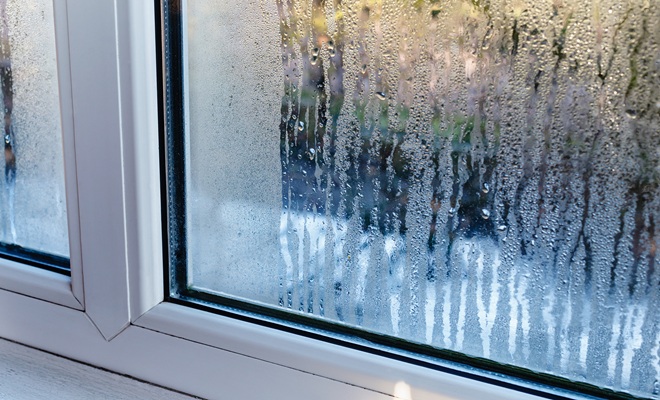
Mould and Mildew Growth
When condensation remains on a surface in your home, it provides a breeding ground for mould and mildew. Not only does this look unsightly, but it often spreads, causing damage to painted surfaces, wallpaper and eventually to the wall underneath. On darker surfaces, you may not even notice the mould, and it can spread.
Respiratory Problems
Mould spores are bad for babies and young children, the elderly, people with respiratory problems, or those suffering from chronic conditions. More than anything else, safeguarding the health of your family or other occupants of the property should be a priority.

Structural Issues
The damp caused by condensation due to poor ventilation, if left untreated, can cause structural issues in the house. Roof timbers can rot as a result of persistent dampness in the loft and may weaken the supports of your roof. Other areas, such as the kitchen and bathroom, can also suffer damage to wooden structures when there is a lack of ventilation.
Bad Odours
The smell of damp is unmistakeable. When there is poor ventilation, dampness will increase, and the smell will also linger due to the lack of air movement. Unless the issue is dealt with, the problem will get worse, causing damage, impacting the health of those in the house and letting the bad odour persist.
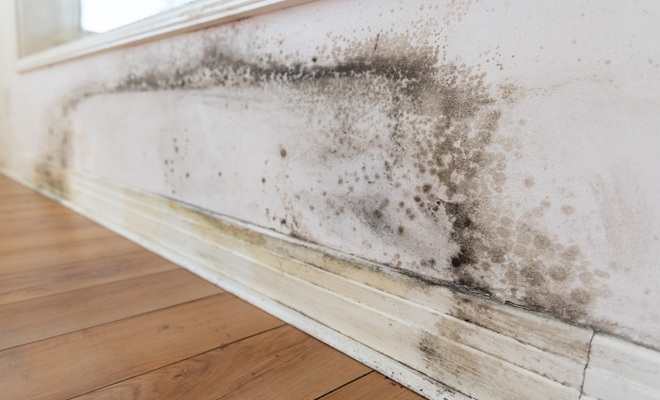
Are There Regulations About Ventilation in Properties?
Part F of the Building Regulations deals with ventilation in domestic properties, setting out the minimum requirements to ensure adequate airflow. The document focuses on natural ventilation, including opening windows, but also, where necessary, supplementing this with mechanical ventilation. The latter is often required for modern airtight buildings, which are designed for maximum energy efficiency.
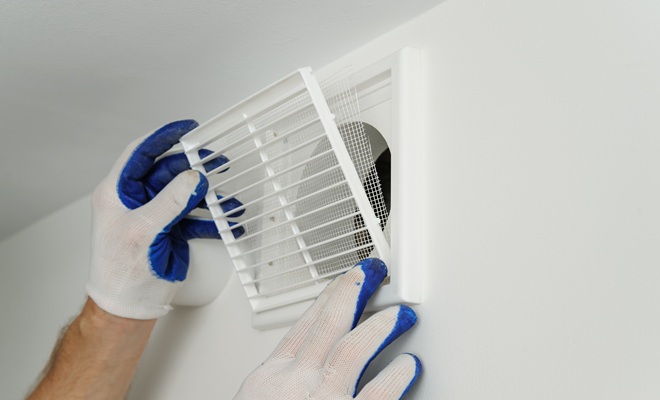
It is likely that the regulations and requirements relating to ventilation will become stricter in the future. The inclusion of ventilation in the Future Homes Standard is evidence of this fact, and testing ventilation in new homes is likely to be a requirement in the years to come.
What Can You Do to Improve Ventilation in your Home?
To improve ventilation in your home, you can take the following action:
Ensure That All Windows Have Trickle Vents
Most double and triple glazing have trickle vents, but some older windows may not. As of June 2022, trickle vents must be present in the majority of new windows and doors. These small vents allow a flow of air through the frame when the doors and windows are closed. This prevents condensation, improves the quality of air inside the home and reduces the chances of mould growth.
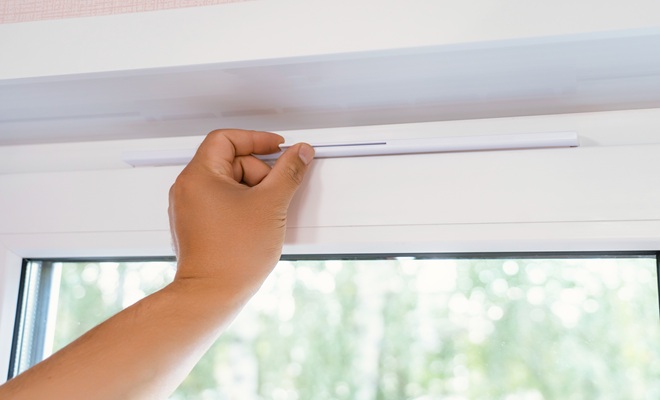
Install Extractor Fans in the Kitchen and Bathrooms
Kitchens and bathrooms are the most moisture-laden rooms in the house, and this warm air travels around the home, potentially causing dampness and mould. Installing extractor fans helps to reduce the amount of moisture in the air by drawing it outside. It’s also important to clean the filters regularly and replace them when necessary to keep the fan working at its optimum.
Fit Roof Vent Tiles Where Necessary
In a property with an undeveloped loft space, the area acts as a vent for the rest of the house. However, once the loft is converted into living space, the added insulation, plasterboard, flooring, and wall coverings reduce the amount of air that can pass through, to and from the outside.
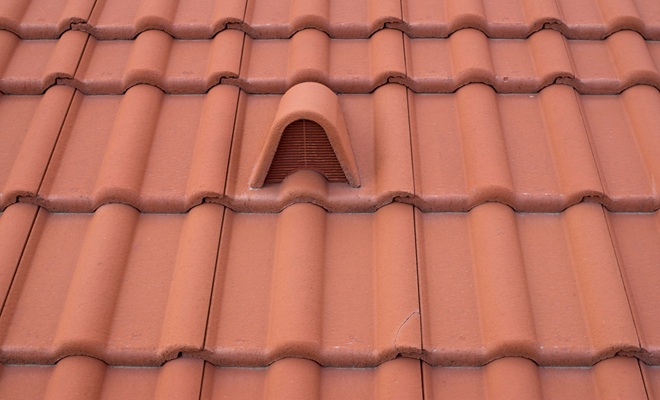
This can lead to a buildup of moisture in the new conversion, particularly if an ensuite bathroom has been added. However, even without this addition, there can be issues. Fitting roof vent tiles provide a means for air to circulate in the loft and reduce moisture buildup.
Maintain a Good Level of Heating in Your Home
If warm air meets a warm surface, condensation doesn't happen. Therefore, maintaining a good level of heating in your home is important. The key is to get the right balance between having a warm but well-ventilated environment inside the home so that there is less moist, warm air where there are fewer cold surfaces for it to condense on.
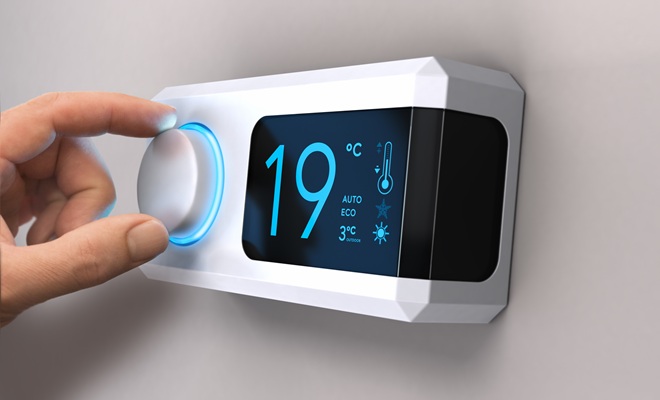
There is a growing understanding of the need for better ventilation in modern homes and how this can be weighted against the desire for energy-efficient properties. Getting this coordination right can make a huge difference to your family's health and to the condition of your house or flat.







